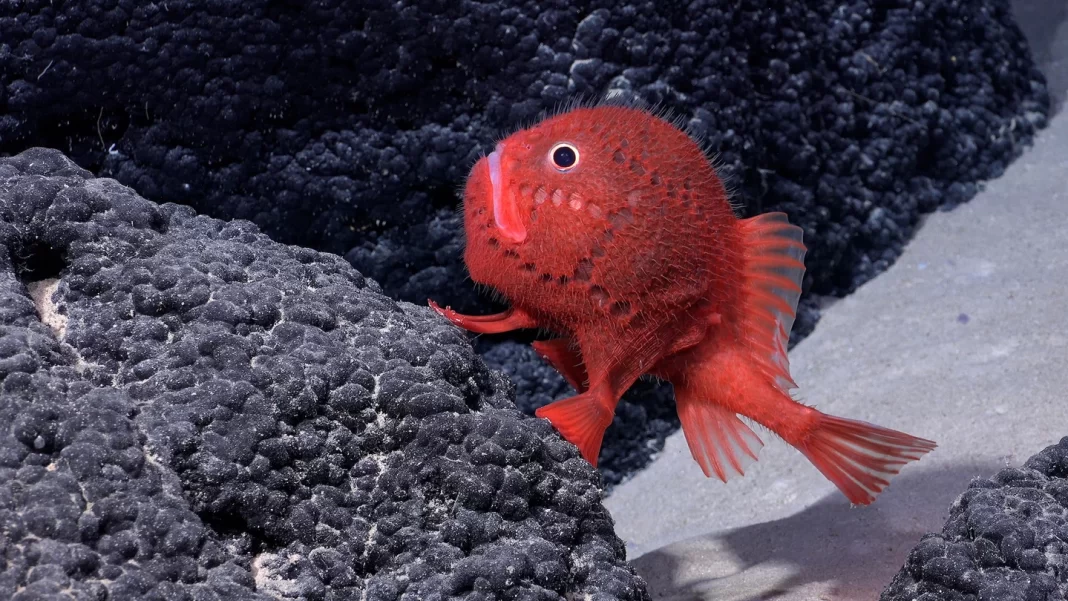Spanning a whopping 71% across our planet, only 10% of the ocean has been charted through the use of sonar technology, and a mere 5% has been explored. That being said, the ocean’s floor remains a mystery.
In a recent expedition, Schmidt Ocean Institute aimed to explore the seamounts along the coast of Valparaíso, Chile and uncovered over 100 potential new marine species. Adding to the marvelousness of this discovery, the team discovered and mapped four seamounts. Standing at 3,530 meters, the tallest among them, was unofficially coined the name “Solito” by the scientists.
Why exactly were they exploring the Chilean coast?
During the expedition, researchers used an underwater robot that had the capabilities to descend up to 4,500 meters. Their goal was to collect data from seamounts that would then be used to advance and support the designation of an international high-seas marine protected area. However, it was part of a larger effort to address the impacts of climate change on ocean habits around/in Chile.
What species were uncovered?
Each seamount was home to distinct ecosystems and many of which were vulnerable. They discovered various deep-sea coral reefs, sponge gardens, sea urchins, amphipods, squat lobsters, and other species that are likely new to science. Since scientists can’t determine whether a species is new or not solely based on photos/videos, they’ll have to return to laboratory conditions to analyze the physiology and genotype of the specimens.
✧・゚: *✧・゚:* *:・゚✧*:・゚✧ ✧・゚: *✧・゚ :* *:・゚✧ *:・゚✧✧ ・゚: *✧・゚ :* *:・゚✧*: ・゚✧✧・゚: *✧・゚:* *:・゚
Want to support us? Check out our other blogs:

